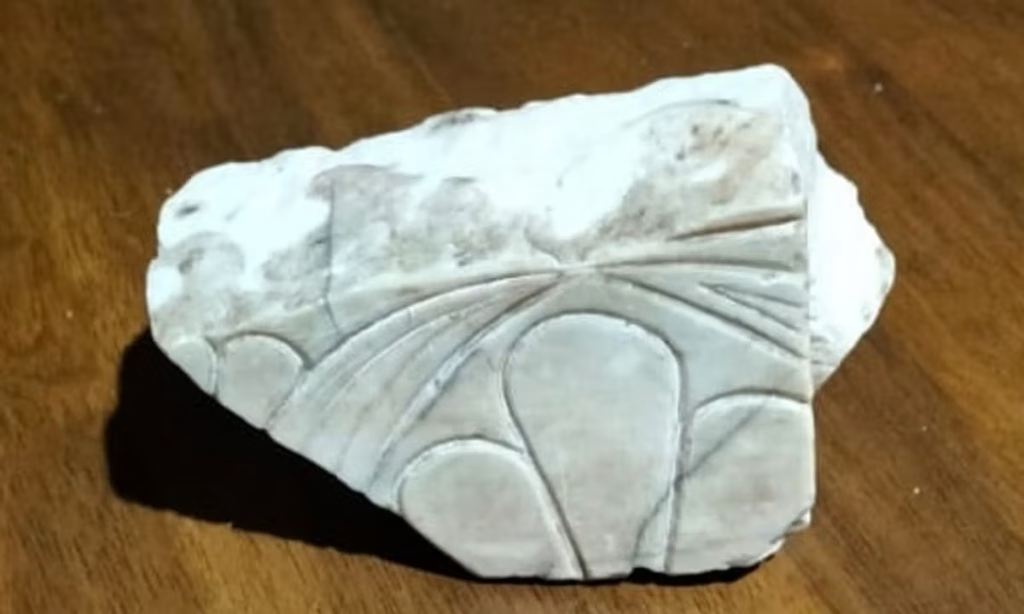Enrico Tosti-Croce was driving in Villarrica, in southern Chile, when he heard on the radio that the Greek government was asking the British Museum to return its famous Parthenon Marbles. Since 1983, the Greek government has been fighting for the repatriation of the sculptures, which arrived in London in the early 19th century via Lord Elgin, the British ambassador to the Ottoman Empire.
“When I heard the news, I said: ‘Wow, I have a little piece of the Parthenon’,” Tosti-Croce tells The Art Newspaper.
Tosti-Croce arrived in Valparaíso, Chile, in 1950 from Genoa by way of Buenos Aires at the age of two and a half, along with his mother and younger sister. His father, Gaetano Tosti-Croce, had gotten there the year prior.
Enrico Tosti-Croce Courtesy Enrico Tosti-Croce
Gaetano Tosti-Croce was the chief engineer of the Console Generale Liuzzi submarine, sunk by British destroyers on 27 June 1940—17 days after Italy entered the Second World War. He spent the war as a prisoner of the British in India. When the conflict ended, Gaetano returned to Italy, retired from the navy and emigrated to Chile.
Along with the family across the Atlantic came a 1.2kg piece of marble, a trapezoidal fragment carved with lotus flowers, which Gaetano had taken from the foot of the Parthenon when he visited Athens with the navy in the 1930s. The piece remained as an ornament in the family’s various homes in Viña del Mar, a coastal city just north of Valparaíso.
When Enrico Tosti-Croce’s parents died in 1994, he inherited the marble piece and took it with him to his home in Santiago—and later to Villarrica, where he moved with his wife and youngest daughter after he retired. “When someone came to my house for the first time, I would show them that stone and say: ‘This is from the Parthenon’,” he says. “Some believed me, others didn’t.” He was repeating what he had heard from his father.

Gaetano Tosti-Croce Courtesy Enrico Tosti-Croce
Upon learning of the restitution request from the Greek government, he thought: “It’s my responsibility to return it,” he says. He emailed the Greek embassy in Santiago about the piece. The embassy asked him for a photograph and details of its shape and weight, which he happily provided. Later, during a trip to Santiago, he delivered the marble fragment to the embassy. He told the official who received it that he would appreciate any information about which part of the Parthenon it came from.
Months later, he received a letter from the Hellenic Ministry of Culture thanking him for his gesture. He was surprised to learn that the piece had been part of the roof-gutter of an archaic temple, probably the Hekatompedon—the first monumental temple on the Acropolis built in the first half of the 6th century BC. “It turned out the piece wasn’t from the Parthenon, but from an even older temple,” Tosti-Croce says.
The Greek embassy will honour Tosti-Croce in Santiago on Tuesday (4 November), while Greece hopes that others—like the British Museum—follow his lead. Asked about his feelings after returning the fragment, Tosti-Croce said: “When I left the Greek embassy after handing over the piece of marble, I felt a special kind of satisfaction. I don’t even know how to describe it… I felt like I had done something good.”
